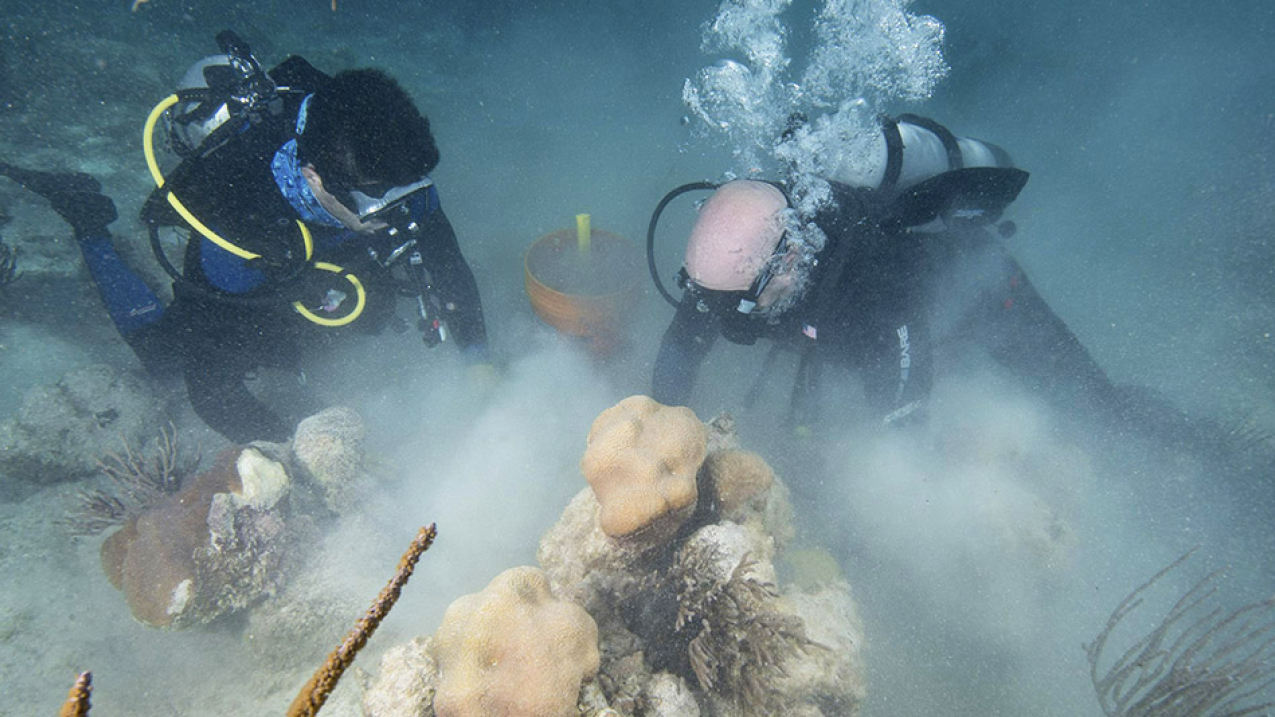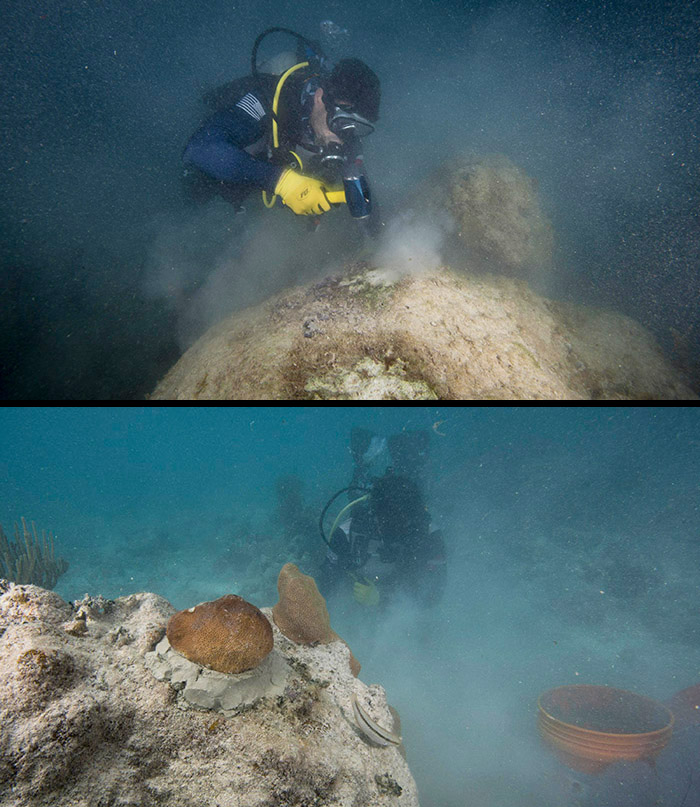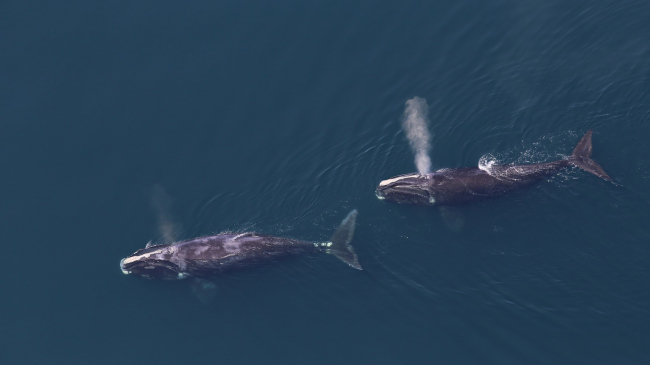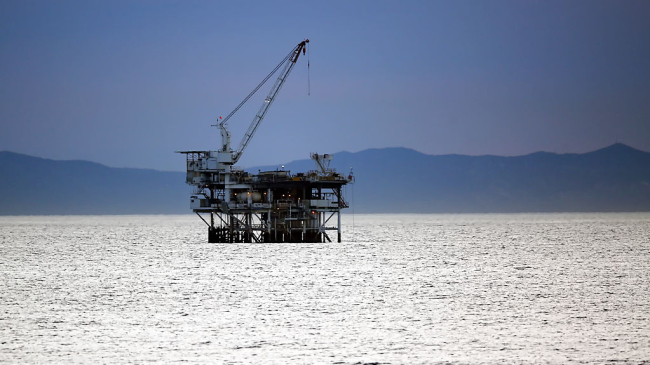A team of military veterans is putting their hard-earned skills toward a different challenge: Restoring damaged corals in hurricane-ravaged Puerto Rico.

Divers perform coral restoration in Puerto Rico at the end of February 2018. In just one day of the mission, 110 corals were reattached — mostly Orbicella annularis and some brain corals, ranging from 20-50 centimeters in size. (Image credit: Jim Hellemn/forceblueteam.org)
Divers from Force Blue offsite link — in partnership with NOAA, Sea Ventures Incorporated, the Ocean Conservancy and many others — recently kicked off off a two-month mission to stabilize and perform emergency restoration on coral damaged off the coast of Puerto Rico during last year’s hurricanes.
Last week, the former combat divers and special operations veterans jumped in to add some muscle power for these corals in need. The first team of divers, comprised of NOAA scientists and local partners collecting data, surveyed and assessed damage to high-value sites. The second team — a triage team including Force Blue veterans — stabilized a selection of at-risk coral fragments to fortify them for recovery. This involved unburying, repositioning and re-attaching corals with cement.
This new FEMA-supported emergency response and assessment is part of an ongoing effort that began following hurricanes Irma and Maria to restore and minimize losses to coral reefs in Florida and Puerto Rico. After the storms devastated many parts of the Caribbean, divers observed extensive damage to much of the islands’ coral reefs.

We now know that storms overturned or tossed tens of thousands of large coral heads, which are often slow-growing and hundreds of years old. The destruction included broken and buried endangered staghorn and elkhorn coral colonies, as well as the protected Orbicella species.
Why coral reefs matter
The coral reefs that surround Puerto Rico provide natural protection in addition to their tourism value. Scientists believe the reefs likely reduced wave strength and storm surge to the island, helping break up waves churned up by the 2017 hurricanes. But, the strength of the storms and back-to-back hits make it less likely that natural reef recovery will occur before large swaths of coral die, leaving Puerto Rican communities even more vulnerable to future storms.
Every damaged coral restored reduces the total number that crews need to grow from scratch later. This rescue effort saves money and improves species health in the long run. This mission is a great example of teamwork that helps people in Puerto Rico, helps veterans and helps the planet, too.



